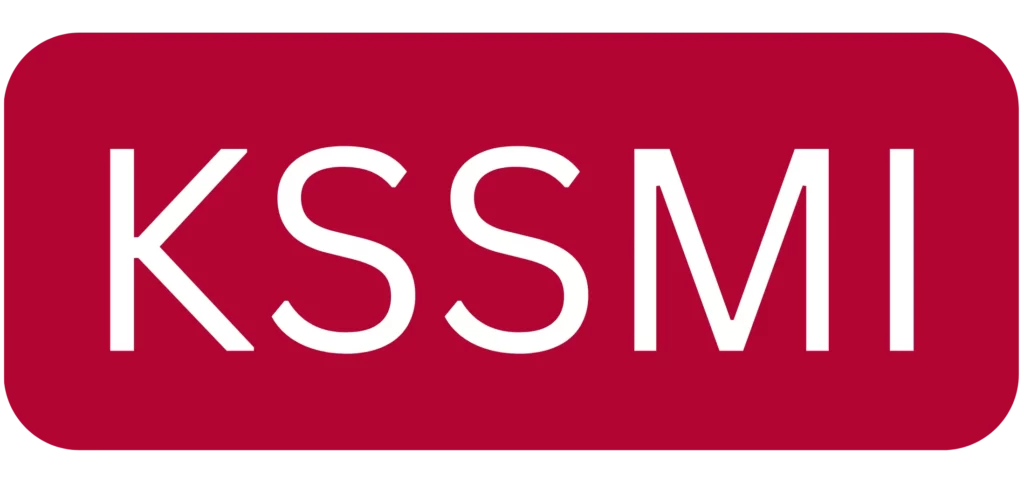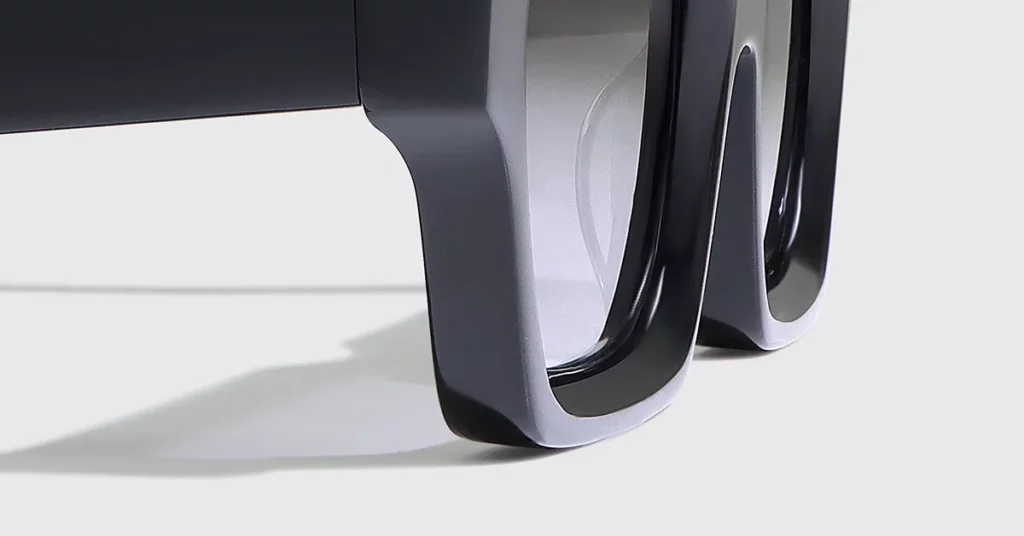Yes, both acetate and bio-acetate can be safe for wearables, but their safety is not inherent and requires rigorous verification. Bio-acetate eliminates toxic phthalate plasticizers common in standard acetate, offering a superior safety profile. However, you must demand third-party testing reports compliant with ISO 10993, REACH, and Prop 65 for any material to verifiably prove it is non-toxic and suitable for prolonged skin contact.
Deconstructing Material Composition: The Source of Risk
Understanding the chemical makeup of acetate is the first step in risk management. The distinction between a material’s polymer base and its integrated additives determines your supplier evaluation framework. This technical knowledge is what protects your brand from future liability exposure and justifies a premium price point.
Foundational Material Science
Both standard and bio-acetate start with a polymer backbone of cellulose acetate, derived from wood pulp or cotton fibers. This fact gives the material its renowned structural integrity and aesthetic versatility. The safety profile, however, is determined entirely by the plasticizers and additives integrated during manufacturing to achieve flexibility and workability.
Standard vs. Bio-Acetate: A Technical Comparison
You must analyze the precise chemical differences between these materials because this is the root of your compliance burden and marketing opportunity. The primary distinction lies in the plasticizer—the component most linked to health risks. Bio-acetate’s innovation is the substitution of this single ingredient class.
| Feature | Standard Cellulose Acetate | Bio-Acetate | Strategic Implication for Your Brand |
| Core Polymer | Cellulose from wood pulp/cotton | Cellulose from wood pulp/cotton | Both offer premium hand-feel and color depth. |
| Plasticizer Type | Petroleum-based (e.g., Phthalates) | Plant-based (e.g., Citric acid esters) | Bio-acetate eliminates a key source of toxicant risk. |
| Key Toxicant | Diethyl Phthalate (DEP) at ~23% | Phthalate-free | Mitigates Prop 65 and REACH compliance risk. |
| Bio-Based Content | Negligible | High (e.g., M49 at 68% per ASTM D6866) | Provides a verifiable sustainability marketing claim. |
| Primary Risk | Endocrine disruptors, regulatory liability | Greenwashing if claims are not verified | Your due diligence must confirm non-toxic properties beyond just “bio-based” sourcing. |
Pro Tips: Never accept a supplier’s material designation at face value. Demand the Technical Data Sheet (TDS) that specifies the plasticizer type and its percentage by weight for every batch. This data is your first line of defense.
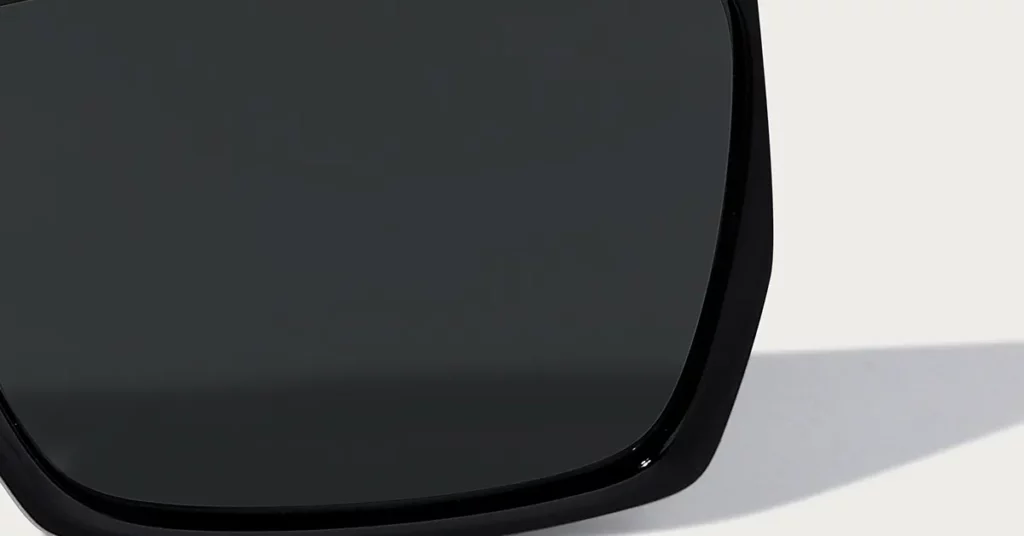
The B2B Lexicon: Hypoallergenic vs. Non-Toxic
Using precise terminology is not academic; it is a business-critical practice that prevents costly marketing missteps and legal exposure. The distinction between a “hypoallergenic” claim and a “non-toxic” verification involves fundamentally different testing protocols and liability implications for your brand.
Hypoallergenic: A Reduced Tendency for Allergic Reaction
The term “hypoallergenic” is a statistical claim, not a guarantee of inertness. It indicates a material shows a reduced frequency of allergic reactions, like contact dermatitis, compared to standard alternatives. This means that while the risk is lower, some users may still experience a reaction, leaving your brand exposed if claims are overstated.
Non-Toxic: Verifiable Absence of Harmful Substances
Definition: A “non-toxic” certification is an analytical verification that a material contains no detectable levels of substances classified as harmful by agencies like the FDA or ECHA. This requires sophisticated lab testing—like GC-MS and ICP analysis—to screen for specific compounds like phthalates, heavy metals, and BPA, which can cause systemic harm.
The Cost of Conflating Terms
Misrepresenting material safety exposes your brand to regulatory penalties, class-action lawsuits, and an erosion of consumer trust that can take years to rebuild. California’s Proposition 65 and the EU’s REACH regulations impose substantial fines for non-compliance.
The Bottom Line: A single product recall can cost 10 to 50 times more than implementing comprehensive third-party testing during supplier qualification.
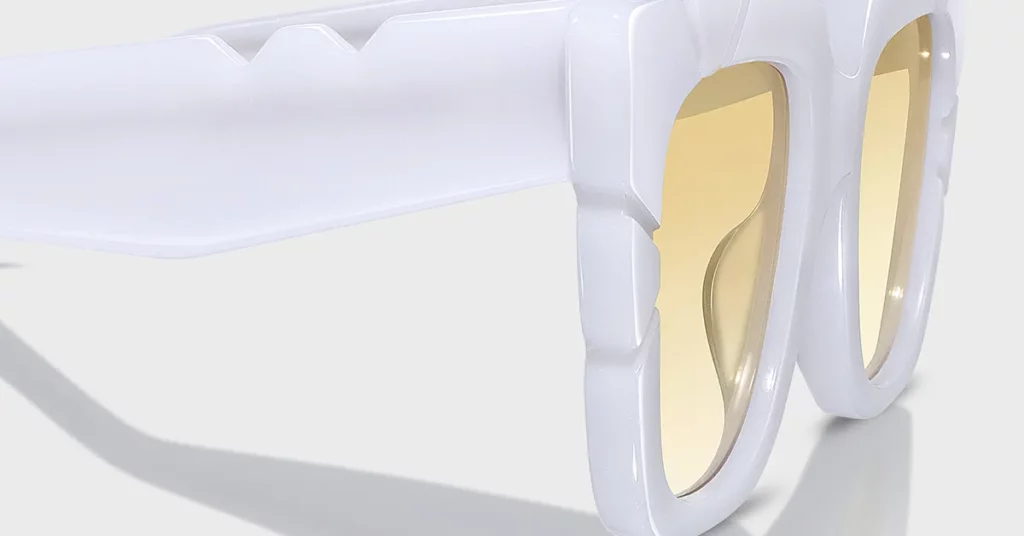
The Due Diligence Playbook: Your Framework for Verifying Safety
Systematic supplier evaluation is what separates market leaders from liabilities. This framework transforms material safety from a compliance headache into a strategic differentiator that defends your premium positioning. Effective auditing requires specific documentation demands and verification procedures that expose any gaps between marketing claims and reality.
The Essential First Step: Material & Technical Data Sheets
You must demand a complete Material Safety Data Sheet (MSDS) and Technical Data Sheet (TDS) for every batch of acetate. The MSDS must identify all plasticizers by their Chemical Abstracts Service (CAS) numbers. The TDS must provide mechanical properties, UV stability data, and biocompatibility test results from an accredited laboratory.
The Critical Question: Full Disclosure of All Plasticizers
Directly question and require written disclosure of all plasticizers used. For standard acetate, this means confirming the presence of compounds like DEP (CAS 84-66-2) or DBP (CAS 84-74-2). For bio-acetate, the supplier must specify the plant-derived alternatives used and provide their corresponding safety and compliance documentation. Supplier transparency here is a direct indicator of their competence.
The Non-Negotiable Proof: Third-Party Lab Reports
Never rely on a supplier’s internal testing. Mandating reports from an independent, accredited laboratory like SGS, Intertek, or Bureau Veritas is the only way to get legally defensible proof. The reports must verify compliance with specific standards, such as cytotoxicity testing per ISO 10993-5 and skin sensitization per ISO 10993-10.
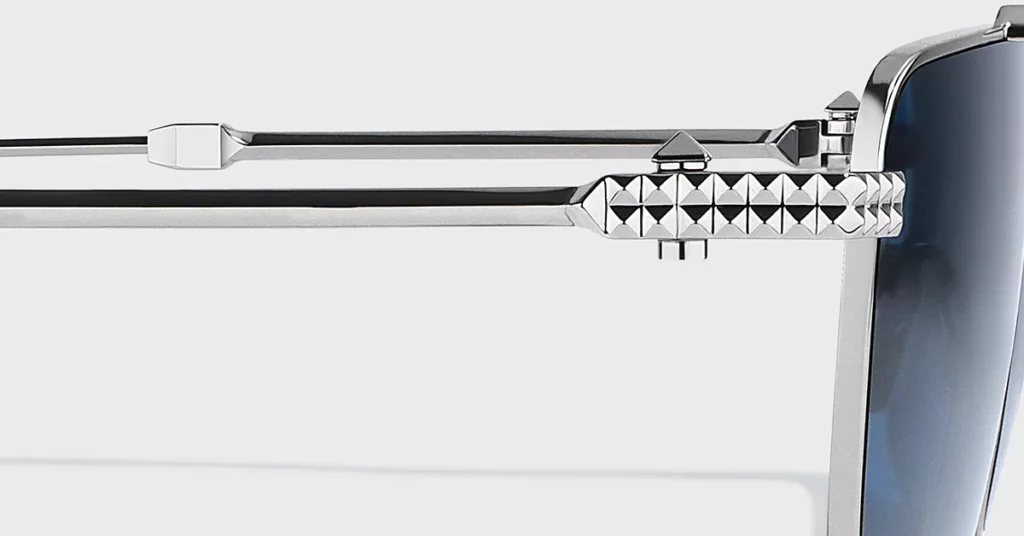
Navigating the Global Regulatory Gauntlet
International market access demands compliance with multiple, often overlapping, regulatory frameworks. Your verification strategy must be built to satisfy the most stringent of these standards. This ensures global compatibility for your products and de-risks market expansion.
REACH Compliance for EU Market Access
The EU’s REACH regulation restricts numerous phthalates (including DEHP, DBP, BBP) in consumer products. This means that using standard acetate requires complex substance authorization and monitoring. Bio-acetate formulations gain a powerful competitive advantage because their phthalate-free nature simplifies REACH compliance, reducing your administrative burden and supply chain risk.
Proposition 65 Adherence for the California Market
California’s Proposition 65 requires clear warning labels on products containing chemicals known to cause cancer or reproductive harm, a list that includes many phthalates. Using standard acetate can force you to apply these labels, which damages consumer perception. Bio-acetate that eliminates these listed chemicals avoids this requirement, directly improving retail placement and brand value.
Applying the ISO 10993 Biocompatibility Standard
ISO 10993 is the global standard for the biological evaluation of medical devices and is directly applicable to eyewear. It requires specific tests for cytotoxicity (ISO 10993-5) and sensitization (ISO 10993-10). Compliance is not optional for any brand making safety claims; it is the verifiable proof that a material is safe for prolonged skin contact.
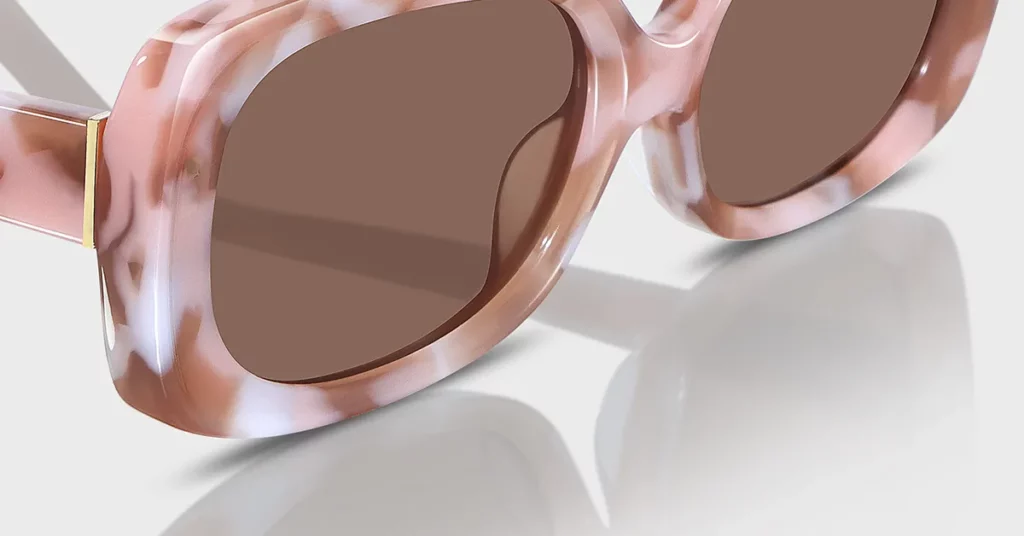
A Strategic Checklist for Vetting Supplier Quality Control
A truly robust quality program extends beyond material composition to the entire manufacturing process. You must assess a supplier’s controls, testing protocols, and documentation systems to ensure consistent safety and quality across all production volumes.
Auditing for Raw Material Traceability
FSC certification for wood pulp verifies sustainable sourcing, which is a valuable marketing attribute, but it is not a safety metric. Your audit must go further. Demand traceability systems that track raw materials from their source through chemical processing and plasticizer addition. This proves control over the entire supply chain.
Verifying Testing for Residual Solvents
Acetate manufacturing uses solvents that must be removed from the final product to prevent skin irritation. Your supplier must provide test results, typically from gas chromatography analysis, that prove residual solvents are below acceptable regulatory thresholds.
Best Practice: The acceptable limits should align with stricter pharmaceutical or food-contact standards.
Assessing Protocols for Colorant Contamination
Dyes and pigments are a significant safety risk due to potential heavy metal content or allergenic additives. A premier supplier must maintain an approved colorant list with full safety documentation for each, conduct batch testing, and have change control procedures that prevent unauthorized substitutions.
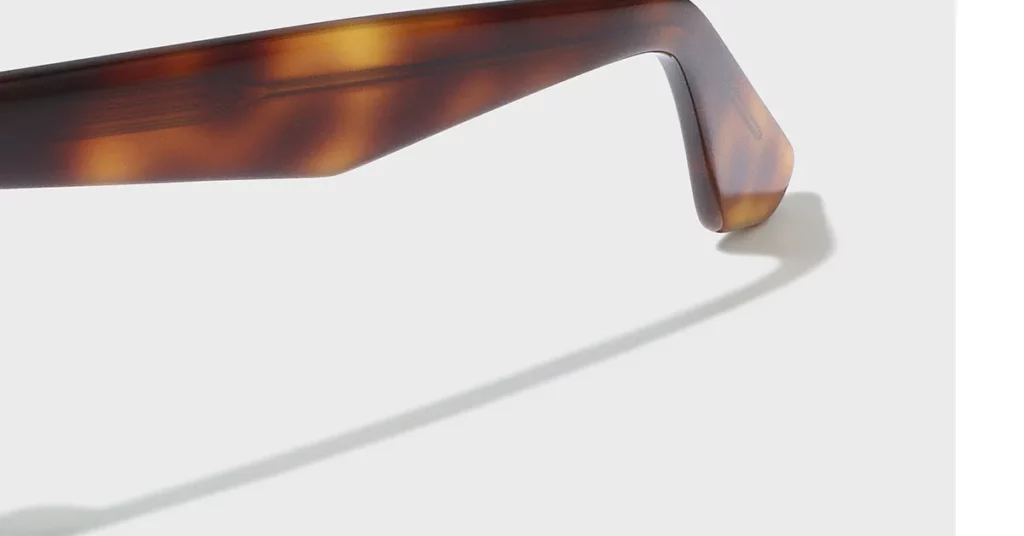
From Verified Safety to Competitive Advantage
Your investment in material safety verification transforms from a cost into a strategic asset when it is integrated into your business development and marketing. This documentation becomes the foundation for premium positioning, justifying higher price points and building defensible brand equity.
Calculating the ROI of Bio-Acetate
Bio-acetate commands a 15-25% unit cost premium over standard acetate. However, it enables 30-50% higher finished product pricing through its safety and sustainability narrative.
Key Metric: A $2-5 increase in per-unit material cost can enable a $15-25 higher selling price while eliminating recall risks that average over $500,000 per incident.
Leveraging Compliance as a Commercial Asset
Proactively presenting your comprehensive ISO, REACH, and Prop 65 documentation during B2B negotiations is a power move. It demonstrates sophisticated quality management, reduces your customer’s risk assessment burden, and accelerates their decision-making. This positions you as a quality leader and shortens the sales cycle, directly improving win rates.
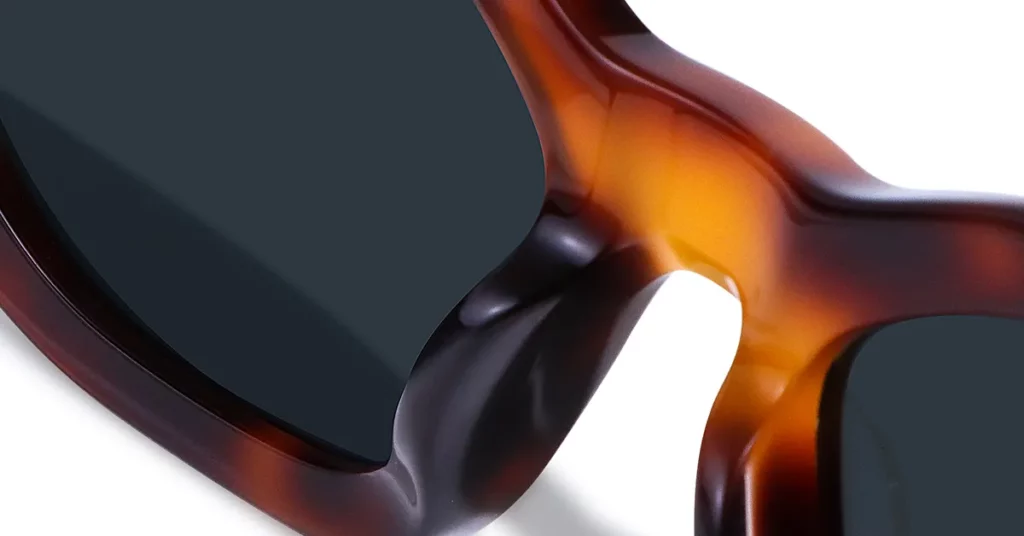
Conclusion
You achieve a sustainable competitive advantage by implementing rigorous material safety verification. This evidence-based approach enables confident material selection, defensible marketing claims, and premium brand positioning.
Your investment in supplier audits and documentation systems becomes the foundation for long-term partner relationships built on proven quality and risk mitigation. For expertly crafted handmade sunglasses using verifiably safe materials, contact Kssmi today.
Frequently Asked Questions
1. What specific plasticizers should I ask a manufacturer about?
Request written disclosure for Diethyl Phthalate (DEP), Dibutyl Phthalate (DBP), Diisobutyl Phthalate (DIBP), and Di(2-ethylhexyl) Phthalate (DEHP). These are the most common problematic plasticizers in standard acetate that trigger regulatory action under REACH and Proposition 65.
2. If bio-acetate is biodegradable, is it also hypoallergenic?
No. Biodegradability certification (ISO 14855) addresses environmental decomposition and is completely separate from skin contact safety. Hypoallergenic and non-toxic claims require specific biocompatibility testing according to ISO 10993 standards to be considered valid.
3. What other eyewear parts need safety scrutiny?
You must evaluate all skin-contact components. Scrutinize nose pads for plasticizers, metal hardware for nickel and lead, temple tip coatings for BPA, and adhesives for formaldehyde. A comprehensive approach to safety covers the entire assembled product, not just the frame front.
4. How can I verify a supplier’s sustainability claims?
Demand the supplier’s chain-of-custody documentation for claims like FSC-certified pulp. For bio-based content, require third-party test reports conforming to ASTM D6866. Always reserve the right to conduct your own random sampling and independent verification to confirm their claims.
5. What are marketing “red flags” for greenwashing?
Be wary of vague terms like “eco-friendly” or “natural” without specific certifications. Distrust claims of “100% biodegradable” without ISO 14855 reports or “hypoallergenic” without ISO 10993 test data. Claims based solely on “internal testing” are unreliable; always demand third-party verification.
